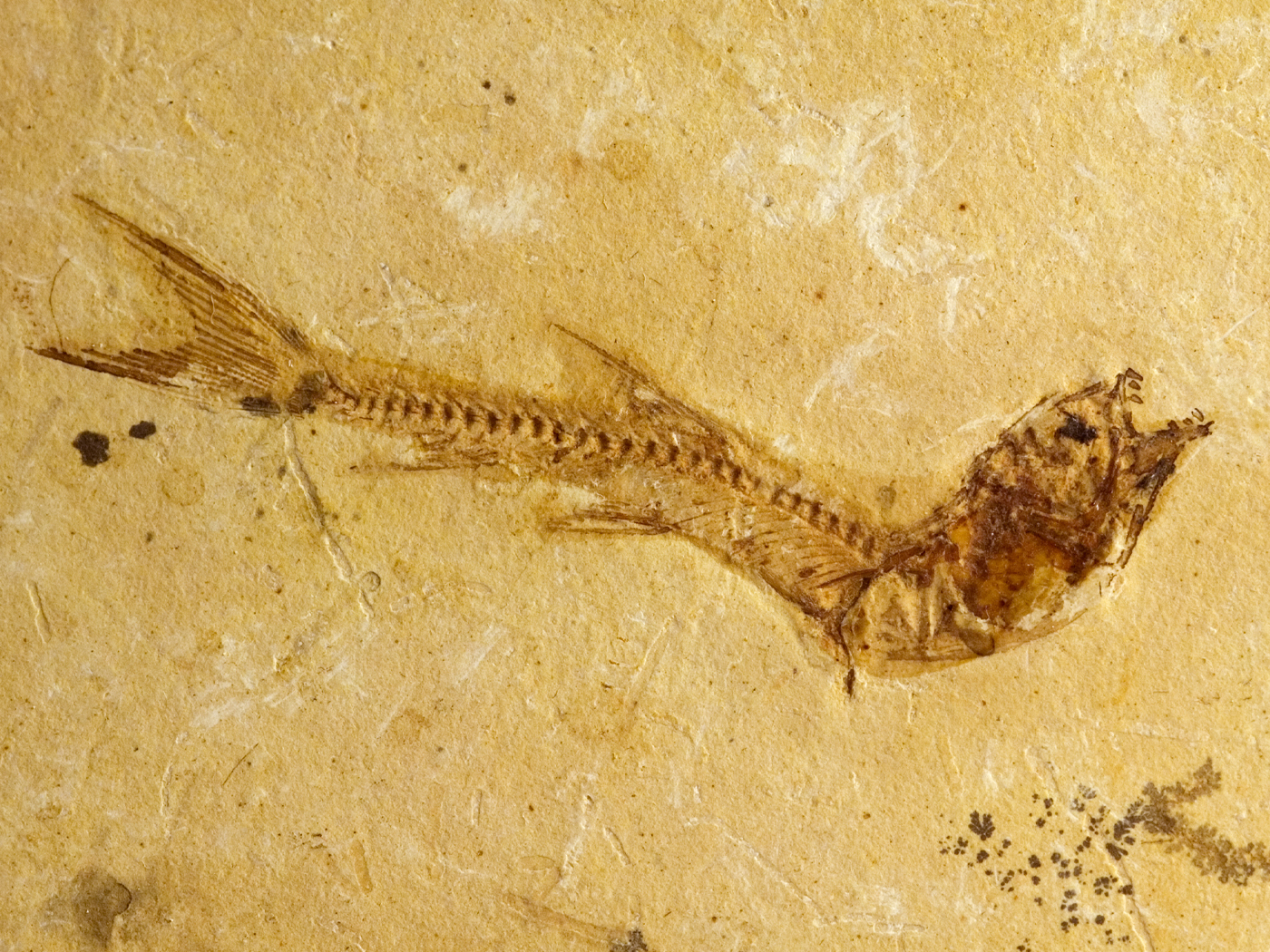Hips can reveal many things about fossilized organisms, especially when it comes to mammals. They can indicate the difference between species and even reveal the differences between the sexes of the same species.
Last fall, we reported on the latest research findings that showed Homo naledi was less human-like and more Australopith-like. ICR concluded that the small-brained Homo naledi was just another Lucy-like ape—similar to a modern chimpanzee.1
Another study, recently published in the Journal of Human Evolution, examined Homo naledi’s hips.2 The authors compared the hips to other known ape and human species and their results were consistent with ICR’s understanding, but unexpected to evolutionists.2
Lee Berger, Homo naledi’s discoverer, recruited Caroline VanSickle and about 30 other scientists to study different aspects of the fossils. The team assigned to study the hips came from the University of Wisconsin, University of Witwatersrand, Vassar College, Museo Nacional de Ciencias Naturales (Madrid, Spain), New York University, and Duke University.
VanSickle, from the University of Wisconsin-Madison, and her colleagues pieced together roughly 40 pelvic fragments, from at least four individuals to make their best attempt at solving the pelvic issue.2 All of these fragments came from the Dinaledi Chamber in South Africa, where Berger made his initial discovery.3
VanSickle says, “The downside is that the Homo naledi fragments are far less complete than fossils from other sites, so figuring out how they fit together and what they mean for how Homo naledi walked or gave birth is much more difficult.”4
The team found a flared ilium (the upper hip bone) that widens to the side. This shape of ilium is only found in other australopith species.2
“This is bizarrely Lucy-like.” ![]()
“You don’t see this flared an ilium in later hominins,” VanSickle commented. “This is bizarrely Lucy-like.”4
Though this species has been attributed to Homo based on cranial and lower limb morphology, the morphology of some of the fragmentary pelvic remains recovered align more closely with specimens attributed to the species Australopithecus afarensis [Lucy] and Australopithecus africanus than they do with those of most (but not all) known species of the genus Homo.2
These findings are consistent with earlier analyses of the post-cranial aspects of Homo naledi, including the vertebrae and hips that also indicate that Homo naledi most closely resembles an australopith.1 And the brain size to body mass analysis performed by O’Micks also showed the close resemblance of Homo naledi to the australopiths.5 VanSickle and her co-authors concluded,
If found on their own, the pelvic remains from Homo naledi could easily be mistaken for those of an australopith based on their small size and laterally flared ilia, along with the fact that their only ‘Homo-like’ features overlap with A. sediba.2
Homo naledi was not human—just another extinct ape. ![]()
Homo naledi was not human—just another extinct ape.
References
- Clarey, T. 2017. Just What Is Homo naledi? Acts & Facts. 46 (12): 9.
- VanSickle, C. et al. 2017. Homo naledi pelvic remains from the Dinaledi Chamber, South Africa, Journal of Human Evolution. DOI: 10.1016/j.jhevol.2017.10.001
- Berger, L. R. et al. 2015. Homo naledi, a new species of the genus Homo from the Dinaledi Chamber, South Africa. eLife. DOI: 10.7554/eLife.09560
- Devitt, T. 2017. Hip Heaven. University of Wisconsin-Madison News.
- O'Micks, J. 2017. Likely Discontinuity Between Humans and Non-Human Hominins Based on Endocranial Volume and Body Mass with a Special Focus on Homo naledi—A Short Analysis. Answers Research Journal. 10: 241-243.
Stage Image: Homo naledi
Stage Image Credits: Copyright © 2015 Lee Roger Berger research team. Used in accordance with federal copyright (fair use doctrine) law. Usage by ICR does not imply endorsement of copyright holder.
*Dr. Timothy Clarey is Research Associate at ICR and earned his doctorate in geology from Western Michigan University.













